Asparagus, or asparagus, is a popular decorative culture that has been actively grown at home for over a century. Among a wide variety of asparaguses, one can find both perennial grasses and shrubs with straight or curly shoots. Possessing openwork greens, which for a long time retains its fresh appearance even after a cut, the grass has become popular in photography.
Asparagus greens are a great addition to both flower arrangements and the interior. Asparagus is a persistent and undemanding culture, which makes it easy to grow at home without spending a lot of time and effort on leaving. In addition, growing this plant indoors, the flower grower will not only refresh the interior of the room, but also get a natural air purifier.
Content
What is asparagus and the history of home growing
Asparagus is a fairly extensive genus of perennial plants from the Asparagus family, which grows on almost all continents of the globe. Among the representatives of the genus can be found herbaceous plants, vines and shrubs. The homeland of asparagus is considered to be southern and eastern Africa.
Different types of asparagus differ significantly in their external characteristics. However, they are all united by the presence of short needle-shaped branches called cladodia, which from afar can be mistaken for needles of needles. But the leaves of the flower are poorly developed and look more like scales that cover thin green shoots.
Wild asparagus gained popularity in the era of ancient Rome, it was actively consumed as food and even began to grow on an industrial scale. However, decorative plant species have become popular not so long ago. For the first time, asparagus was grown indoors a little over a century ago. The first species to be grown as a room culture was asparagus, named after Karl Sprenger. It was this man who popularized asparagus as a room culture.
Many indoor varieties have been bred by scientists based on African, American and Mediterranean representatives of the genus. About three decades ago, the plant was at the peak of its popularity and was found on almost every windowsill. Now, after a little oblivion, asparagus is gradually returning interest.
Types of asparagus with a description and what does it look like?
The genus of an elegant perennial has about 300 different species. However, only a few of them are grown as a decorative culture. All types of indoor asparagus are significantly different from each other, as can be seen by reading the description and photos of some representatives.
- Sprenger asparagus is an ampelous plant distinguished by multiple curving light green shoots. Smooth stems of the bush are covered with small, almost invisible scaly leaves and soft narrow-lanceolate cladodes.Simple white flowers exuding a pleasant aroma gather in shield inflorescences. The result of flowering bush is the appearance of inedible red fruits.
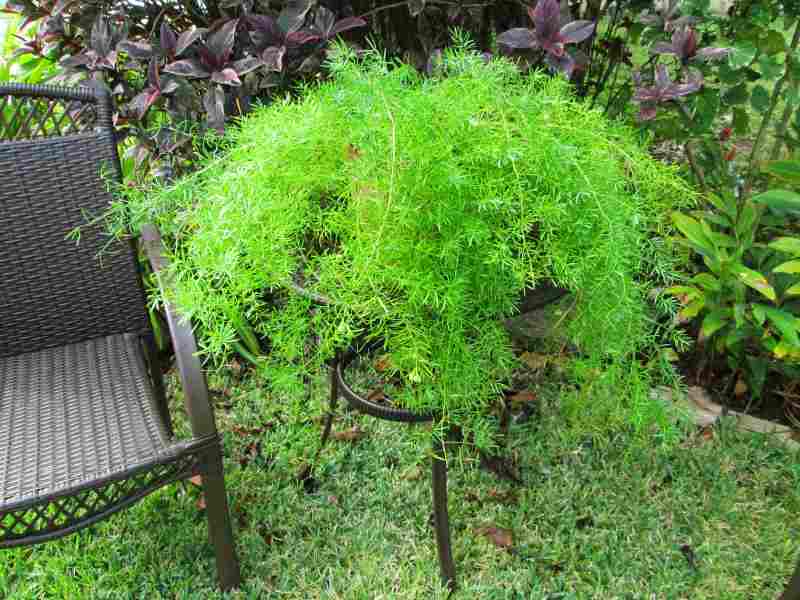
Asparagus Sprenger - Asparagus Cirrus - a low shrub with soft curving shoots that give it a special decorative effect. This variety blooms with white medium-sized flowers. The fruit is a decorative black berry.
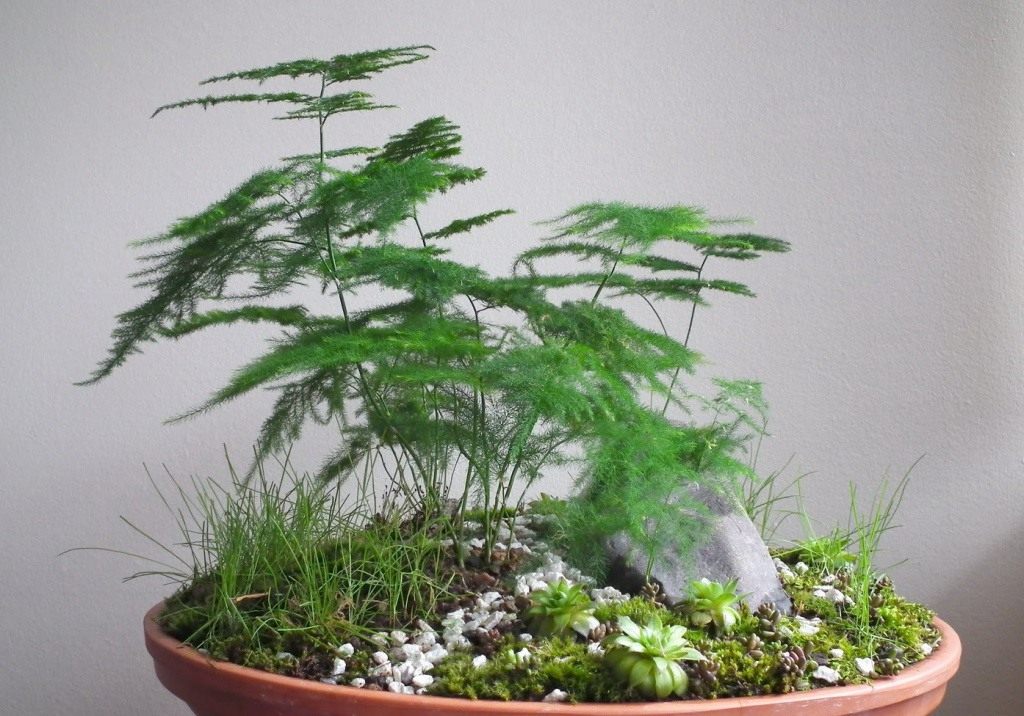
Asparagus Cirrus - Asparagus Meyer is distinguished by single pubescent shoots that barely reach 50 cm in length. Phyllocladias, which develop in different directions, densely cover the branches of the flower. The shoots of the plant resemble a fluffy spindle or brush.
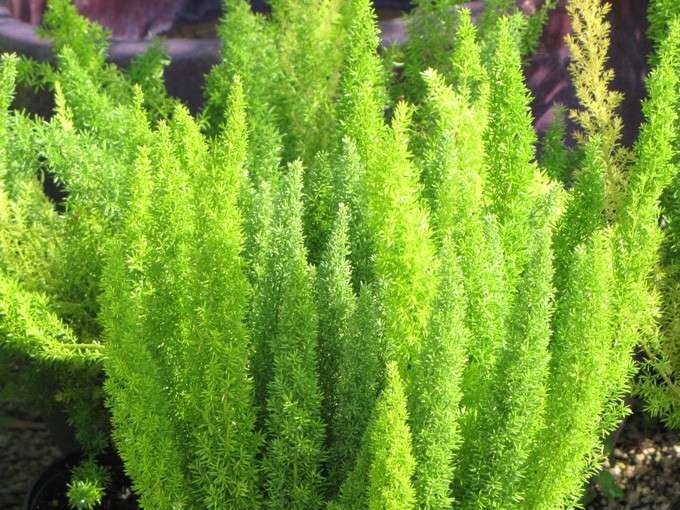
Asparagus Meyer - Sickle-shaped asparagus is a lianike representative of the genus with highly branched lignified shoots, on which there are soft hook-shaped spines. Dark green cladode crescent-shaped can grow up to 10 cm in length.
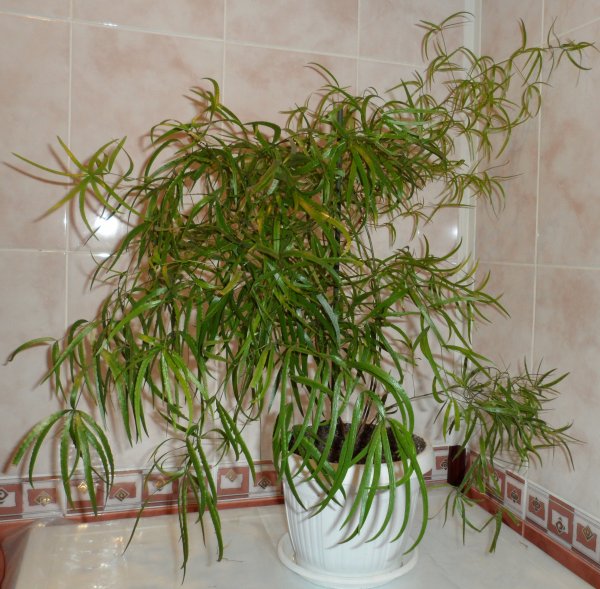
Crescent Asparagus - Asparagus Pyramidal is characterized by vertically growing shoots, the height of which can reach 1.5 m. The branches of asparagus are densely covered with short clodes, due to which it remotely resembles juniper.
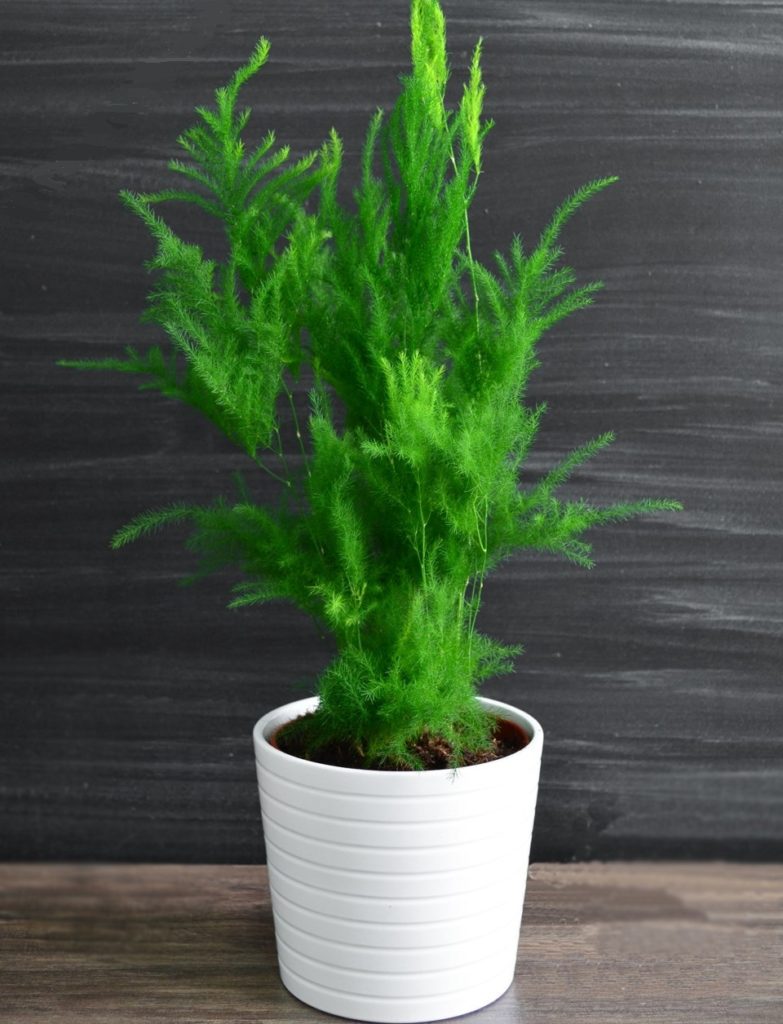
Asparagus Pyramidal
Home care for asparagus, secrets and difficulties
The plant belongs to unpretentious crops that can grow in almost all climatic conditions. However, despite all the resistance, the flower needs to create conditions close to its homeland.
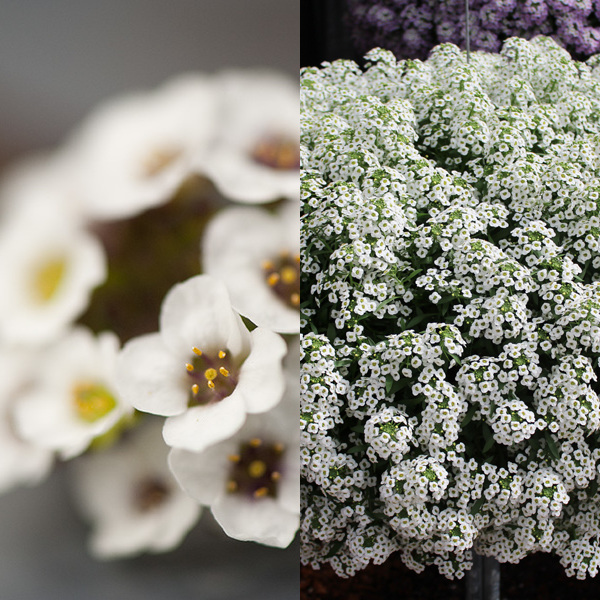 You may be interested in:
You may be interested in:Lighting
Most varieties of the Asparagus family prefer to grow in well-lit areas. However, avoid direct sunlight on the terrestrial part of the flower, as this can lead to burns and loss of decorativeness.
In spring or summer, the plant can be taken out to the balcony or loggia, access to fresh air will have a beneficial effect on its condition. Cirrus asparagus, unlike other representatives of its kind, prefers to grow in partial shade.
Temperature and humidity
Despite the fact that asparagus has spread around the world from subtropical regions, the plant does not tolerate heat. During the period of active growth, which occurs in the warm season, it is recommended to keep the flower at a temperature of 20 to 25 ° C. The plant needs a cold wintering, the dormant period will allow to maintain decorativeness and will not allow stretching and exposure of its shoots.
The optimum temperature in winter is 10-16 ° C. Asparagus is sensitive to dry indoor air. You can solve the problem by establishing a container of water next to the shrub. In a particularly arid and hot period, the ground part of the plant needs regular spraying or a warm shower.
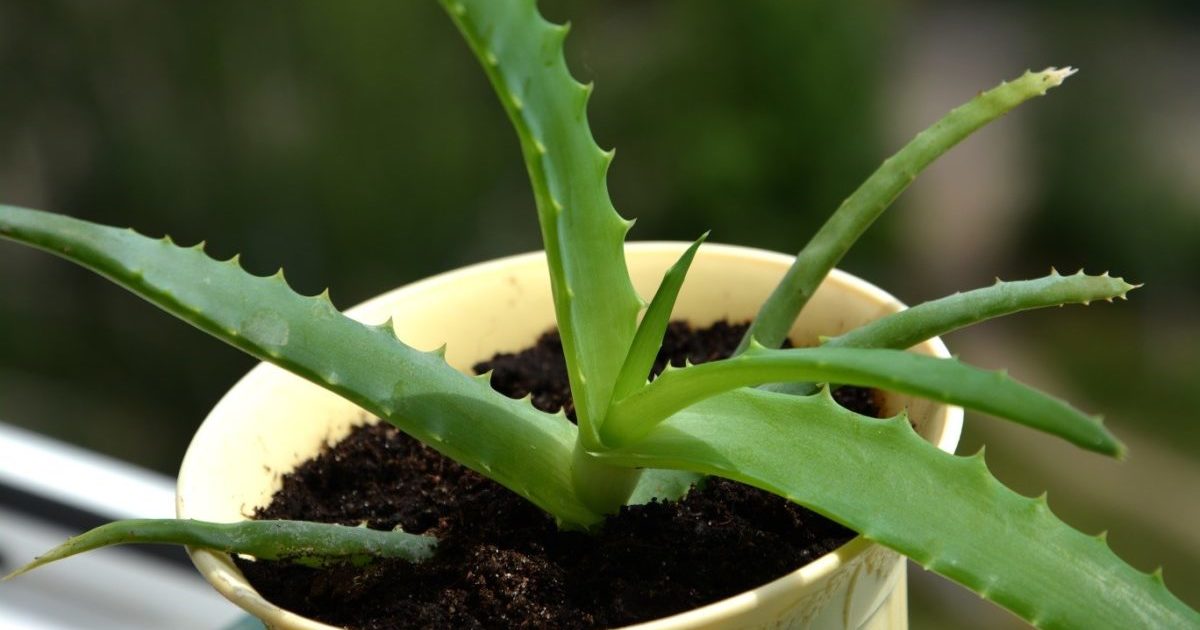 You may be interested in:
You may be interested in:Watering and feeding
From spring to the first cold weather, the plant needs frequent and plentiful watering with soft water at room temperature. Florists recommend watering the flower as soon as the top layer of the earthen substrate is dry. The root system of asparagus quite quickly draws all nutrients from the soil, for this reason, during the period of active vegetation, the plant needs additional nutrition once every 14 days. It is recommended to use complex mineral fertilizers as top dressing.
Flowering and fruiting
Despite the fact that asparaguses are appreciated by flower growers for their decorative shoots, most of them relate to flowering plants. Representatives of the Asparagus family bloom in small flowers of white or pink, not particularly attractive. However, these rather modest flowers smell subtle and pleasant.
However, even with proper care, it will not be possible to achieve flowering of a young plant - as a rule, only mature specimens older than 8-10 years bloom in the room. With successful pollination, the result of flowering will be the appearance of poisonous fruits in the form of red or black-blue berries with seeds inside.
Pruning and pinching
Pruning of the bush is carried out exclusively for hygienic purposes, since it does not need to form a crown. The pruning procedure is recommended during plant transplantation. Exclusively old bare shoots are removed, as the cut branches stop in development.
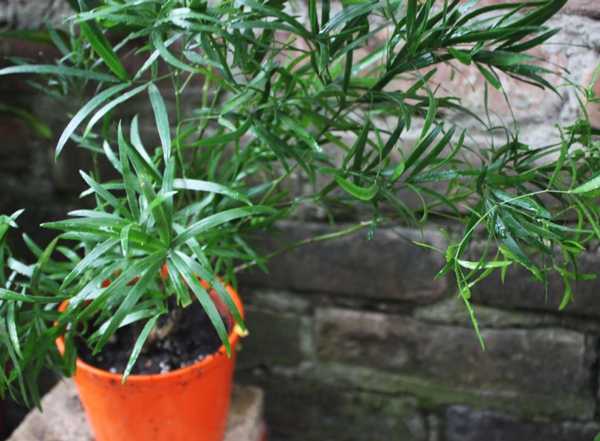
In the case of damage to the shrub by pests or diseases, all its infected areas are subject to immediate pruning. Of all the types of decorative asparagus, only Crescent asparagus tolerates a “haircut” well, for this reason it is not worth it to get involved in pruning.
Winter preparations
To preserve the decorativeness of the flower, it is necessary to ensure a dormant period, which lasts from November to March. During this period, it is recommended to transfer the container with asparagus to an unheated room in which the air temperature does not drop below 10 ° C.
During sleep, the plant does not need additional nutrition or abundant watering. However, if it is impossible to provide the plant with a cold wintering, it is not recommended to reduce the frequency and abundance of watering.
Diseases, pests and help indoor plants
Inadequate care of the bush becomes the cause of its pain, and can also lead to pests:
- Lack of moisture or dry air in a warm room can cause yellowing and further decay of shrub leaves. The correct regime of watering and moving the flower to more comfortable conditions of detention will allow it to again increase the green mass.
- Due to prolonged exposure to direct sunlight, burns may appear on the ground of the plant, which appear as light spots on the foliage. And the lack of lighting makes the shoots fade. For this reason, it is important to keep the plant in bright, but diffuse lighting conditions.
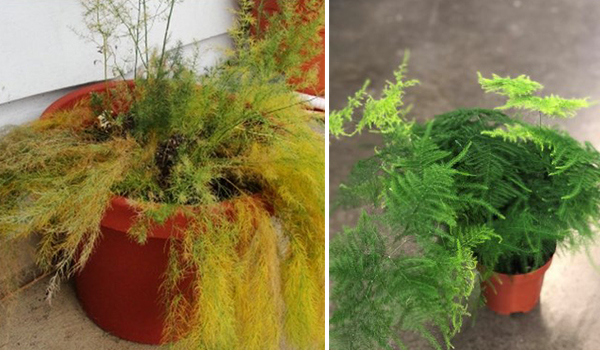
Yellowing leaves - Excessive watering leads to infection of the flower with gray rot. The disease manifests itself in the form of a dark fluffy coating, localized on the berries. Treatment for gray rot involves reducing watering and treating the plant with Bordeaux fluid.
- Shrub susceptible to infection by spider mites and aphids. The tick is activated in rooms with dry air and leads to drying of the flower. You can cope with the parasite by treating the plant with soapy water. Aphids, sucking juices from a plant, become the cause of its drying. With a small number of parasites, they can be removed manually. In case the aphid densely covers the bush, it is recommended to use bioinsecticides with a gentle effect.Note!In severe cases, you can resort to spraying with Fitoverm, however, it should be borne in mind that the bush does not tolerate the effects of insecticides.
Propagation and transplantation of asparagus at home
Asparagus multiplies at once in several ways: by dividing the bush, seeds and cuttings:
- Propagation by dividing the bush, the fastest and easiest way to get new plant instances. This procedure can be carried out during each transplant. When dividing the shrub into several parts, the transshipment method should be used, protection of the earth coma will reduce the likelihood of severe damage to the root system of the flower. The resulting bushes must be planted in separate containers.
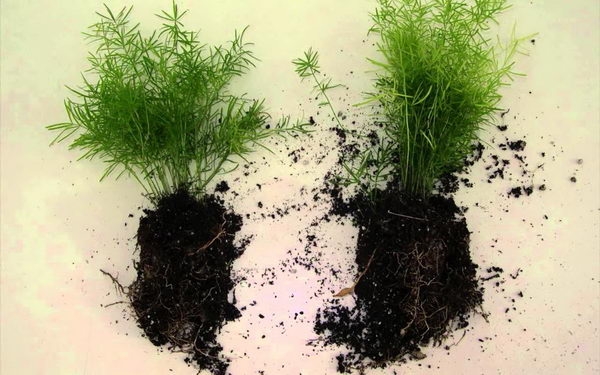
Bush division - Propagation by seeds is an energy-consuming but productive process. Planting stock can be purchased at any specialized store. The best time to sow seeds is spring. Before sowing, the seeds must be decontaminated with a potassium permanganate solution and placed in warm water for 48 hours to moisturize. Seeds are sown in pots filled with soil, and lightly sprinkled with moist soil. The container with seedlings must be covered with polyethylene and placed in a warm place. Within a month, the seeds will give the first shoots.
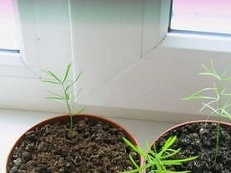
Young shoots of asparagus - Asparagus is rarely propagated with the help of cuttings, since planting material often dies without being rooted. For more productive rooting, it is recommended to use last year's cuttings. As planting material, cut tops of shoots 10-15 cm long are used. Rooting of cuttings takes 4-6 weeks.
The root system of asparagus grows quite quickly, so young specimens require an annual transplant into a new container. A mature plant can be transplanted every 2-3 years. The ideal time for transplanting home asparagus is spring.
Transplantation Stages:
- Water the plant well and carefully remove it from the old container with a lump of earth.
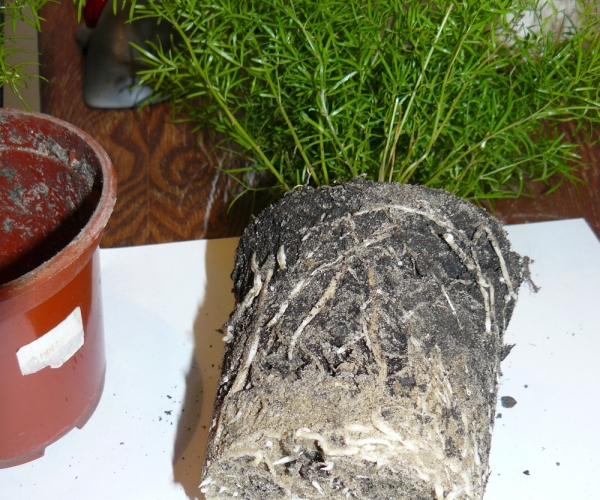
Extract a flower from a pot - Clear the roots of the earth and inspect them for damage and disease. Rotten roots are recommended to be removed.
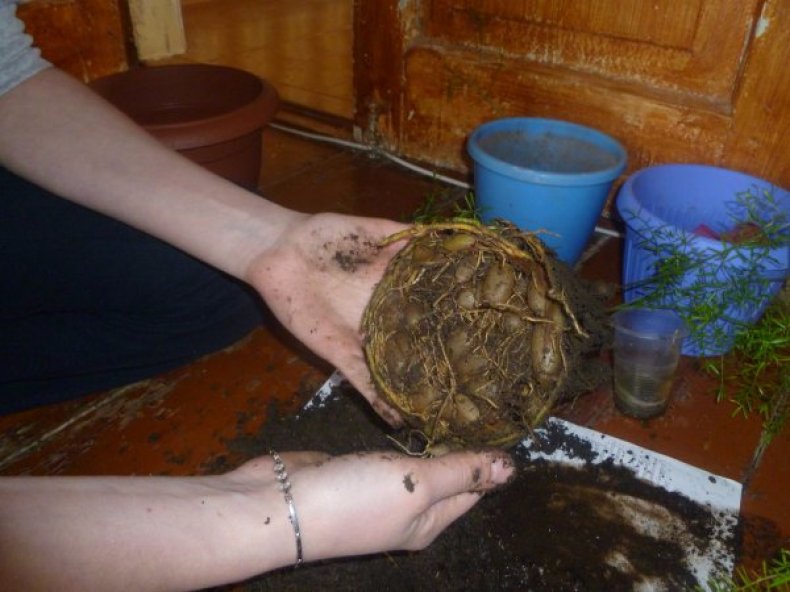
Root System Cleanup - Trim too long roots and remove dried branches.
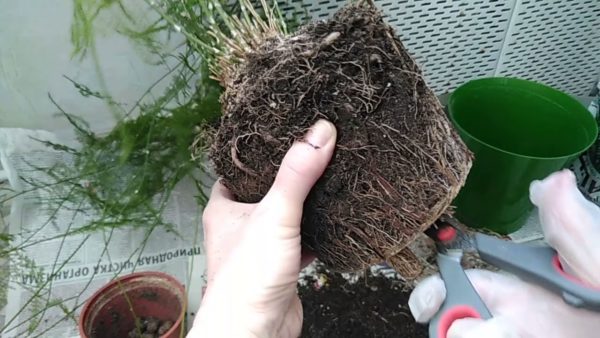
Root treatment - Put a layer of drainage on the bottom of the prepared container. As drainage, pebbles, expanded clay or crushed stone can be used.
- Sprinkle the drainage layer with earth.
- Carefully place the flower in the pot and fill the void of the container with soil.
- Moisten the earth.
If it is not possible to prepare the soil mixture yourself, you can use universal purchased soil. A transplant for asparagus is very stressful, therefore, in the first few days after the procedure, it is recommended to closely monitor its condition.
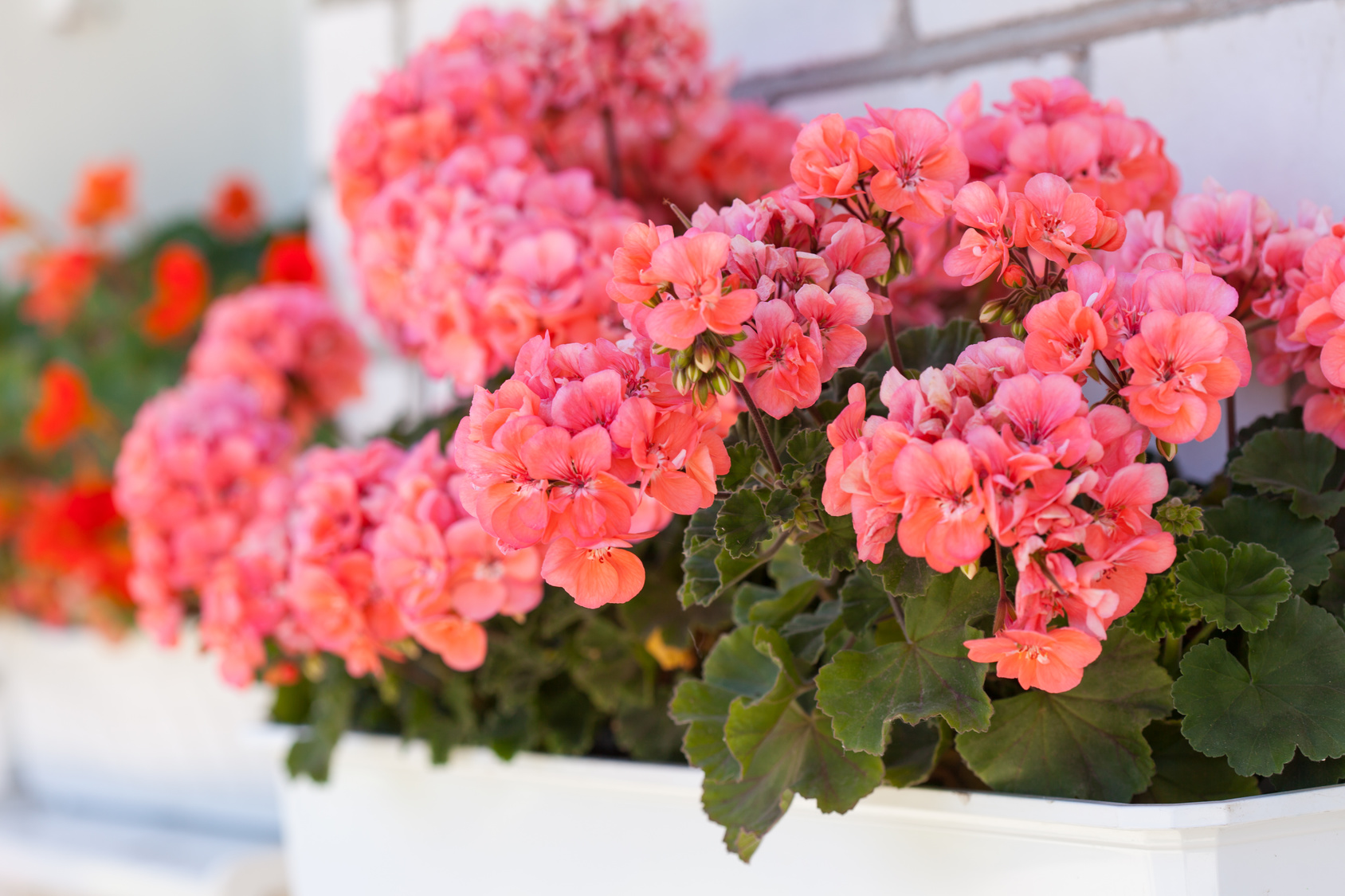 You may be interested in:
You may be interested in:Common Home Growing Questions
When cultivating asparagus for the first time, one may encounter some difficulties during his departure.
With proper care, asparagus will delight its owners with bright openwork greens for many years, subject to a frequent but gentle irrigation regime and good lighting without overheating. Spectacular shrub will be a wonderful decoration of any interior, and also give it special comfort and freshness.

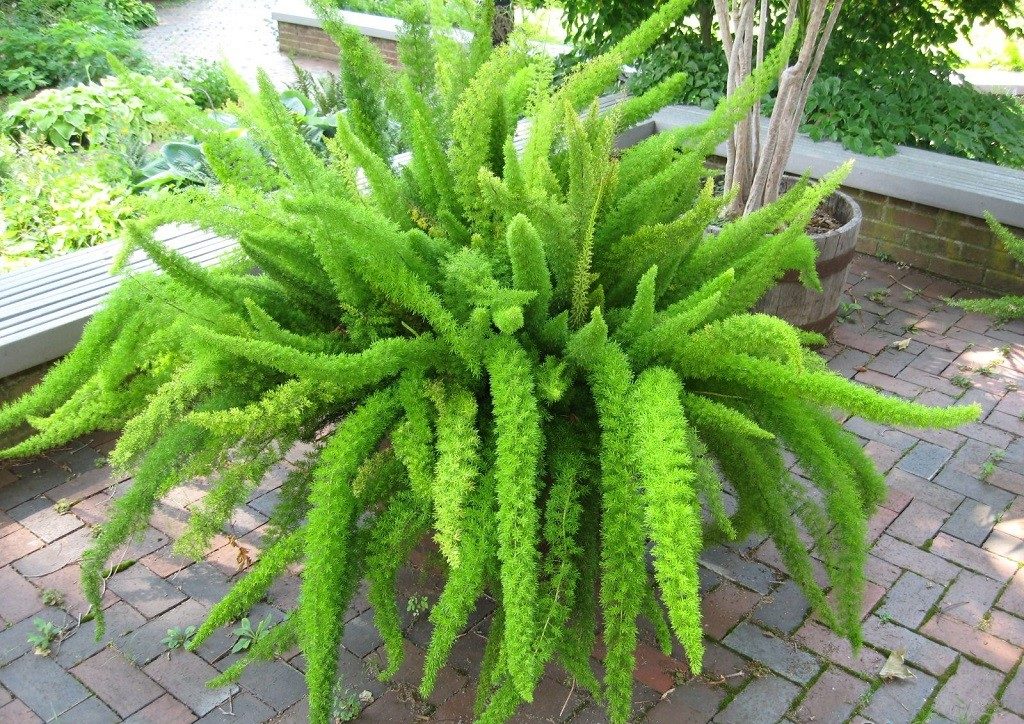

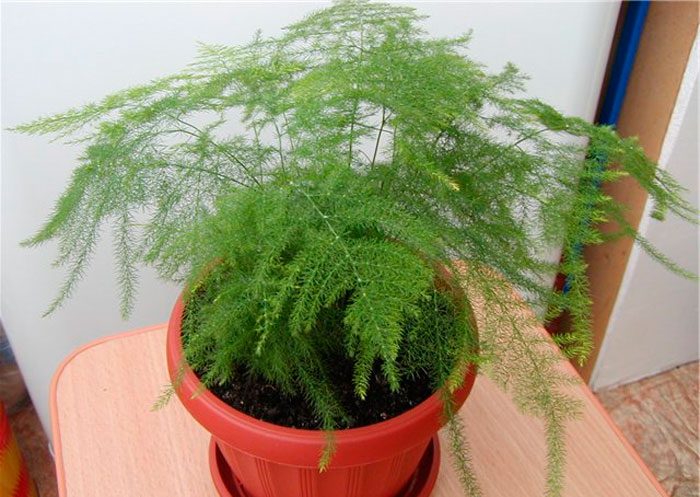



 Sow in the ground, without seedlings: 10 beautiful and unpretentious flowers
Sow in the ground, without seedlings: 10 beautiful and unpretentious flowers Platicodon planting and outdoor care
Platicodon planting and outdoor care Hosta - planting and care in the open ground in the Urals
Hosta - planting and care in the open ground in the Urals Oleander - care and growing at home
Oleander - care and growing at home